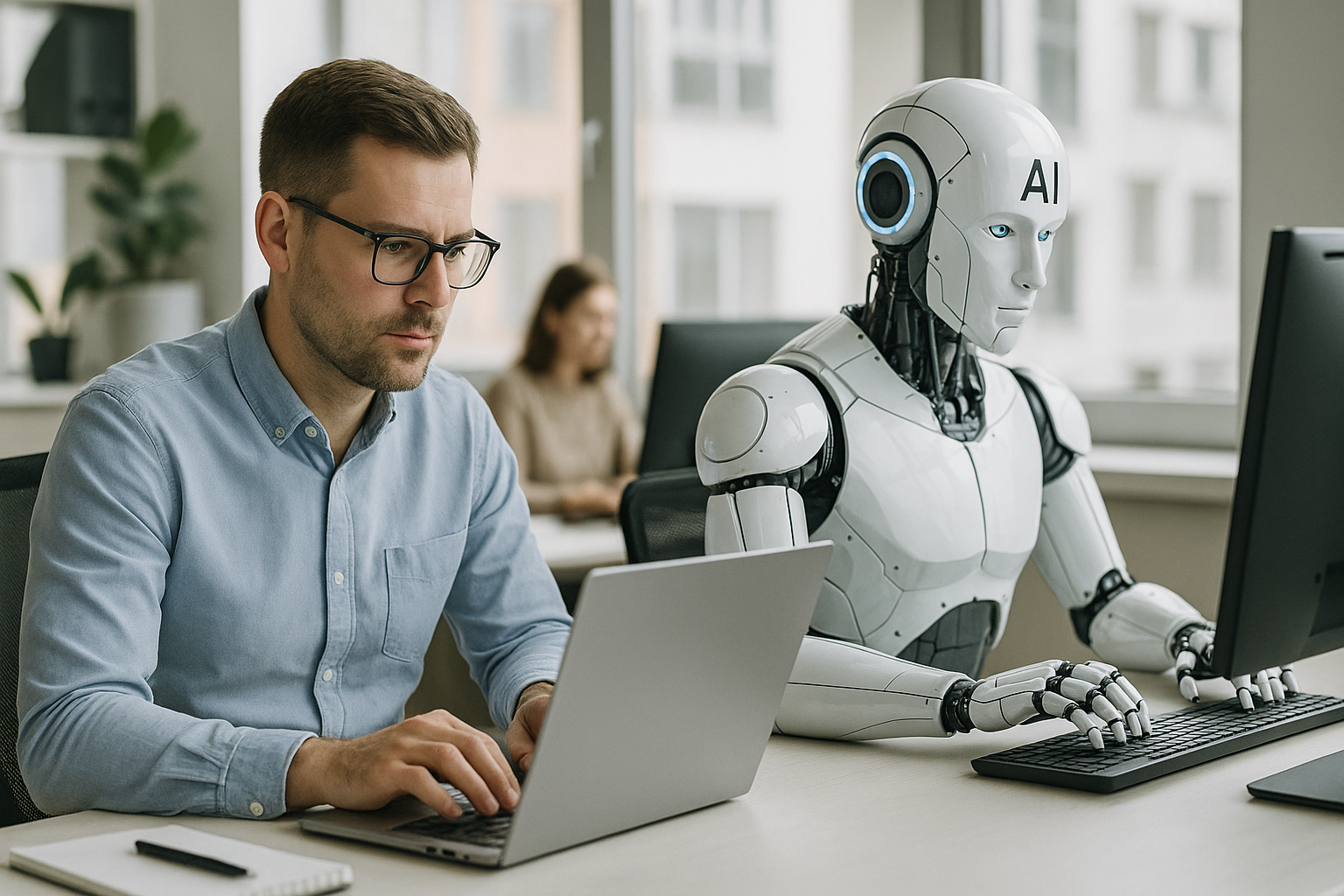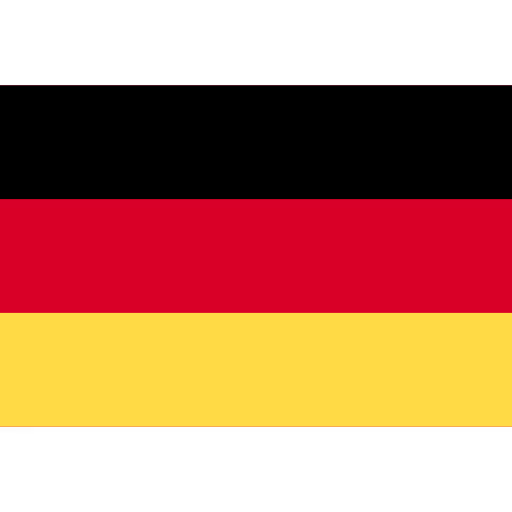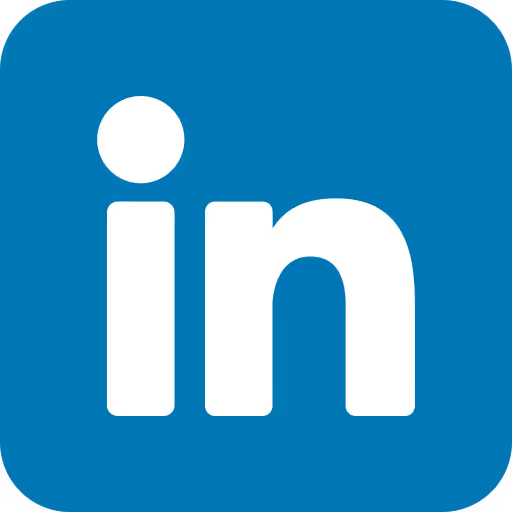
AI in recruiting: game changer or risk?
The world of recruiting is changing radically. Artificial intelligence (AI) and data-based decision-making processes are no longer buzzwords, but are a reality in the everyday life of HR teams. But what do these technologies really bring – and what are the risks?
What AI & Data-Driven Recruiting really achieve today
Automation where it makes sense:
- Automatically scan resumes? Running. Tools like those from Amazon or L’Oréal sort applications according to relevance.
- Chatbots or smart matching tools (e.g. Truffls) take over the first approach on platforms such as LinkedIn or XING.
- Minimize prejudices? In theory, yes – if the algorithms were trained with clean data.
Data that enables real decisions:
- Bottlenecks in the process? Thanks to The Time-to-Hire Analysis visible. For a DAX company, the duration was reduced by 35%.
- Predictive Analytics tells you: Who's leaving soon? Where are skills missing?
- Video interviews with AI (e.g. HireVue) analyze voice, facial expressions and expression – used by companies such as Unilever or Goldman Sachs.
But: AI is not a miracle weapon.
- Decisions from the black box? Not a good feeling – 72% of applicants want the final input from people.
Risk of discrimination? Amazon had to scrap an AI recruiting tool because it systematically disadvantaged women.
The Big Opportunities: What Really Works
Efficiency booster:
More objective processes:
Bias can be made visible through data - Deutsche Bahn increased the proportion of women in tech roles by 18%.
Smart, strategic HR:
Who do we need and when – and how expensive will it be? AI helps to plan staffing needs in advance and optimize budgets by up to 22%.
The challenges: What must not be forgotten
! Bias remains a risk.
If bad data trains the system, the results will not improve.
Keyword: Garbage in, garbage out.
! Data protection & ethics.
Predictive tools in particular are under close observation of the GDPR - transparency is mandatory.
! Acceptance & Trust.
AI cannot make decisions alone. People need to keep an overview – says the HR Tech Ethics Advisory Board.
Best Practice: This is how it works in everyday life
- AI for pre-selection – the final decision remains with humans
- Regularly review data for bias
- Combine tools: e.g. B. ATS systems (like Personio), Power BI for analysis, predictive software for future forecasts
Conclusion: AI + HR = future, but right.
The University of Basel gets to the point:
“AI does not replace HR professionals – it makes strategic HR competence crucial.”
Our take:
AI and data bring structure, speed and fairness – if they are used wisely. What remains irreplaceable? Human intuition, empathy and real communication.
And you?
Do you already use AI or people analytics? What experiences have you had?
Sources: University of Basel (2020), LinkedIn Recruiting Trends 2023, experience reports from DAX companies.







